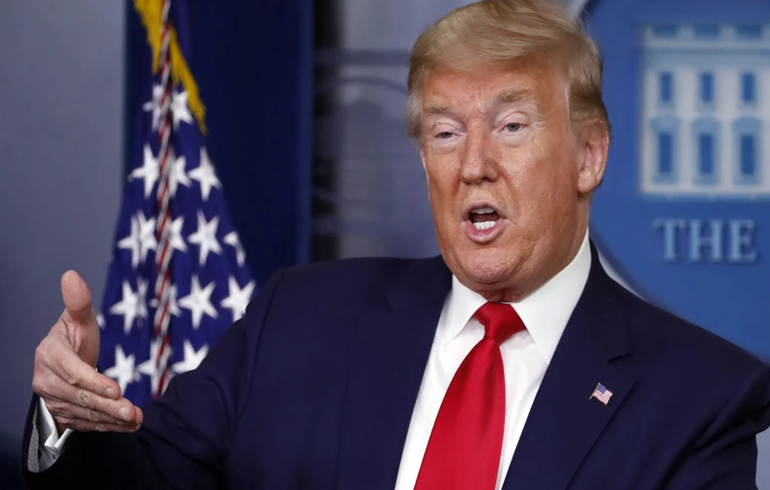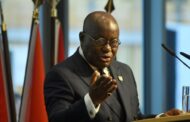THE IMPACT OF PRESIDENT TRUMP’S MASSIVE TARIFF IMPOSITION AND USAID PROGRAM CANCELLATION ON GHANA’S ECONOMY.
The combined impact of President Trump’s massive tariff imposition and the cancellation of USAID programs has serious consequences on the economies of Ghana, Nigeria and Sub-Saharan Africa in general.
Here’s a breakdown based on the latest economic figures and policy developments on Ghana.
The U.S. Agency for International Development (USAID) has been a significant source of support for Ghana, funding programs in agriculture, health, education, and economic growth.
In the 2024 financial year, USAID obligated approximately $140 million to Ghana across various sectors, according to historical data from foreignassistance.gov and USAID’s own reporting. The cancellation, announced as part of Trump’s broader foreign aid freeze on January 20, 2025, and subsequent moves to dismantle USAID, likely halts most of this funding.
Applying this to Ghana’s $140 million baseline cut of up to 95% could lead to a loss of $133 million per year or a mid-range cut of 60%, or $84 million annually, reflecting a significant but not total program shutdown.
This loss will directly affect Ghana’s $72 billion GDP (2023 estimate, adjusted for 2025) by 0.1-0.2%.
The 10% tariff, effective April 5, 2025, applies to all Ghanaian exports to the U.S. In 2023, Ghana exported $788 million in goods to the U.S., primarily mineral fuels ($550 million+), cocoa ($100 million), and smaller amounts of gold and timber. A 10% tariff adds $78.8 million in costs to U.S. importers annually, assuming static trade volumes. If fully passed on, this reduces Ghana’s export competitiveness, potentially cutting export revenue by 10-20% ($79-158 million) due to demand elasticity, especially for oil and cocoa. A conservative estimate, factoring in partial substitution by U.S. buyers, suggests a $100 million annual loss in export earnings.
This revenue drop strains Ghana’s balance of payments, weakening the cedi. Government revenue from export taxes and royalties could fall by $10-20 million annually, while businesses, particularly SMEs, face profit squeezes, potentially costing jobs and investment.
Combined Cost, adding the USAID cut ($84 million) and tariff-induced export loss ($100 million), the direct annual cost to Ghana’s economy is approximately $184 million.
Indirect effects, currency depreciation, higher import costs, and reduced growth, could amplify this. Ghana’s GDP growth, projected at 4.4% for 2025, might drop by 0.3-0.7 points.
Taking a midpoint, the total economic cost could be around $340 million annually, or 0.47% of GDP.
This is an annual estimate; long-term adaptation might mitigate or worsen the impact.
In summary, the combined cost of USAID cancellation and the 10% tariff is likely around $340 million per year, blending direct losses ($184 million) with growth effects, significantly challenging Ghana’s economic stability for 2025 and beyond.
WAY FORWARD
Ghana can turn the tide by increasing its share of earnings from Intra-African trade which reached $192 billion in 2023, from 5.6% ($6 billion-2023) to at least 6%. An increase of 0.4% share of the Intra-African trade will earn Ghana over $750 more, which is more than enough to offset direct and long term impact of the combined negative effects of USAID cancellation and the 10% tariffs slapped on Ghana’s export to the US market by President Trump.
In conclusion, the managers of the Ghanaian economy must focus more on fiscal and monetary discipline and take full advantage of the Africa Continental Free Trade Area (ACFTA).
Source:Mybryfmonline.com/ALI SIDI BELLO, DIRECTOR OF ELECTIONS, /NDC- ER




















































